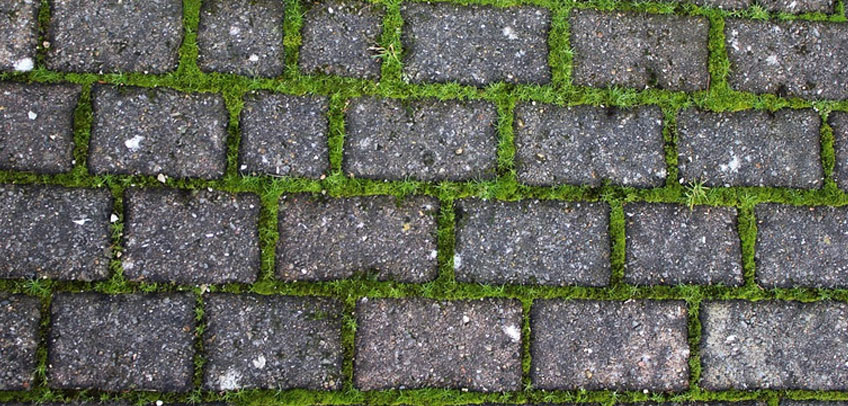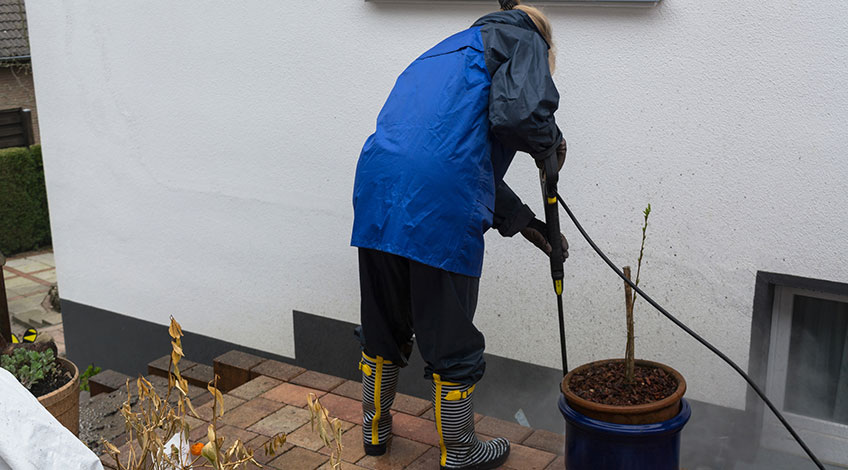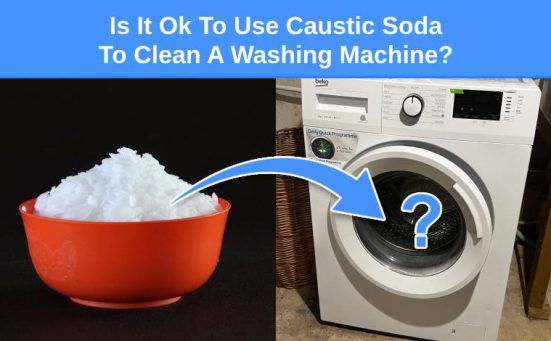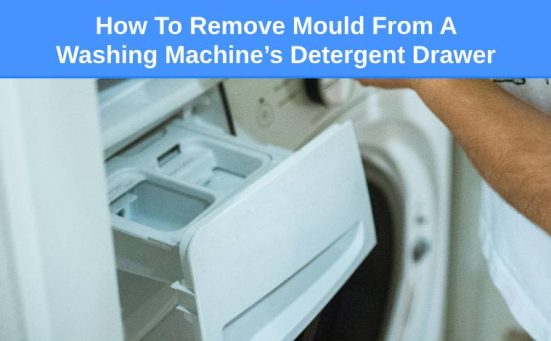
How to clean block paving with a pressure washer
Using a pressure washer is a quick and effective way to clean many parts of your home. Including fascias, walls, driveways, patios, even barbeques. However if they’re not used correctly a pressure washer can cause many problems and much damage. Some areas with the potential for damage due to pressure washing can still be cleaned with a pressure washer but only by following careful instructions.
If you are looking to buy a pressure washer and are not sure which one is best for you hop over to our best pressure washers guide for more information.
Cleaning Block Paving With Pressure Washer A Step By Step Guide

Step 1: Safety Preparations
The first step is to make sure that you’re following adequate safety protocol. Although it may look excessive, safety goggles are a necessity to protect your eyes, and should be worn at all times. If you’re using an extension cabl;e,ensure that it’s a maximum of 10 metres long and uses a constant electrical rating of 13 Amps.
Another safety procedure we recommend you talking is to use a RCD also known as a residual current device. This will prevent any electric shocks if there is a short or other electrical problem, by automatically cutting the power.
Step 2: Relocate All Obstacles
Remove any plants or furniture from the area you’re going to clean.
Step 3: Hand Weed The Area To Be washed
Remove as many weeds and moss as possible by hand.
Step 4: Sweep The Block Paving Clean
With a yard broom, sweep all loose dirt, dust and debris away from the area to be pressure washed.
Step 5: Remove Any Stains
If there are any oil, petrol, or grease stains apply a cleaner to these before using the pressure washer on block paving. This makes the stain easier to be removed once the pressure washer is turned on. It’s worth remembering any untreated stains will reappear once cleaning is finished.
Step 6: Clear Any Air Locks
Connect the pressure washer to the water supply and turn on the tap. Pull the trigger and allow the water to run for between 20-30 seconds. This is to ensure there is no air inside the pressure washer.
Only after this is completed should you then connect the pressure washer to the mains supply and turn on the pressure washer.
Step 7: Add Your Detergents (Optional)
If you’re using a detergent wet the block paving using the light or low setting on your pressure washer. Then after adding the detergent, select the low or mix setting and wash the block paving. Allow to soak for up to 15 minutes.
Step 8: Select The Correct Pressure
As block paving is set in sand it is best to use a fairly low setting so as not to disrupt too much sand. Work in a sweeping motion, starting from the building and working outwards towards the property boundary.
Step 9: Clean The Block Paving With Your Pressure Washer
Try to maintain a 45 degree angle when using a pressure washer to clean block paving and spray in a fanning pattern. Don’t spray directly into joints as you run the risk of washing them away. Remember if your property adjoins the public pavement it is your responsibility to remove any debris and dirt from here too.
As you are not using any harmful chemicals it shouldn’t be illegal for you to wash this down the nearest drain.But it’s best to check with any council rules and regulations before hand, to avoid any complications.
Step 10: Ensure All Water Is Removed And Storing Away
Once you have completed pressure washing the block paving, turn off the pressure washer and disconnect the water supply. Then turn the pressure washer back on, pull the trigger until all water is expelled. Then turn the pressure washer off, disconnect the main power supply and store the pressure washer away.
The full removal of all water is essential because if any water remains in the pressure washer and it subsequently freezes, it can damage the internal pump and other components and will make any guarantee null and void.
Step 11: Repoint Any Joints That Have Become Damaged
After you’ve finished with the pressure washer, and the paving has dried, inspect the joints for any sign of sand loss. If you notice any areas where sand has been removed refill immediately to prevent any blocks moving, or becoming unseated. Then repoint with cement.
Step 12: Spray weedkiller (optional)
Now that your block paving is clean, repointed and dry, it might be worth considering applying a systematic weed killer to prevent any weeds from regrowing through your paving.
Pressure Washer Attachments For Easier Usage
When using a pressure washer for cleaning block paving you might want to consider some of the following attachments to make the job even easier.
Detergents
Power washer companies make different detergents for different surfaces. Check which one is best suited for cleaning block paving before use. Many have anti algae growth and weather protection additives.
Foam Nozzle Attachment
Instead of adding detergent to the actual pressure washer, you can get an attachment that attaches to the end of the hose and adds detergent. This saves you having to clean the whole machine when using detergents.
Patio Cleaning Attachment
This is a special attachment that has a rotating brush and jets that are covered by a circular top that contains both water and mess.
Vario Lance
These conveniently allow you to alter water pressure simply, to make cleaning various surfaces quickly without causing damage.
Extension Hose
These allow you to keep on cleaning without the hassle of keep moving the pressure washer.
This allows you greater flexibility and a larger range of movement.
How To Clean Block Paving Safely With A Pressure Washer

These machines are very powerful and it is so easy to get carried away. Try to remember that all surfaces can be damaged with too much pressure, but especially block paving. By following the advice in this post you will quickly and safely clean your block paving.
A Short Summary Of The Important Points
- Personal safety is paramount. Always wear goggles, remove all loose debris,and ensure power supply is safely insulated and protected.
- Only use as much power as necessary, never use a power setting that is too powerful as this can damage your surface.
- Never point the jet at any one point for too long
- Always use the most appropriate attachments
- Check surfaces before using a pressure washer. Remember any damage or loose pavings can be made worse when pressure washing.
- Block paving can have joints removed or damaged by pressure washing, inspect after drying and reseat, repoint any loose pavings as necessary.
- Any run off that spills onto public land must be safe.
If you’ve found this guide helpful please consider reading our buyers guide articles on a wide range of household appliances.




